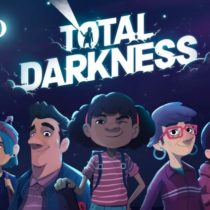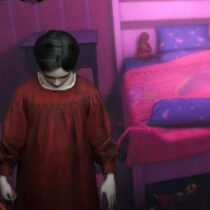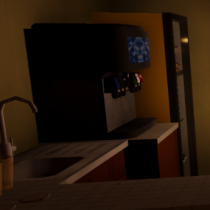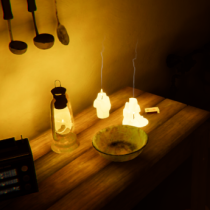Lost Luminosity
Advertisement
Advertisement
Game information

Lost Luminosity is a psychological horror game told through a first-person perspective, where the player takes on the role of Sam returning to his late mother’s apartment. At first, the environment feels quiet and almost ordinary, but as time passes, strange details begin to reveal themselves. The game is designed to be experienced as a slow descent into the unknown, focusing on memory, atmosphere, and the feeling of being trapped between the real and the imagined.
Exploring The Apartment
The central space of Lost Luminosity is a single apartment filled with personal belongings, furniture, and old photographs. Each object has the potential to uncover part of the backstory, turning ordinary items into key narrative elements. Players are encouraged to explore carefully, since details can appear subtle at first glance. This design forces attention to the small changes in the environment, making every new discovery meaningful and tied directly to the progression of the story.
Core Gameplay Features
The mechanics of Lost Luminosity are simple, but they work to heighten tension. Instead of action-based challenges, the game relies on observation and interpretation.
- Collecting notes and personal records that reveal the past
- Watching for sudden environmental changes such as flickering lights or shifting shadows
- Listening to distant voices or distorted sounds that add to the unease
- Following a linear path that gradually deepens the psychological tension
Each of these elements blends into the pacing, ensuring that the horror is revealed gradually rather than through constant shocks.
Psychological Themes
The horror in Lost Luminosity is rooted in emotions and memories rather than external monsters. As Sam pieces together the fragments of his mother’s life, themes of trauma, grief, and mental decline emerge. The supernatural moments feel closely tied to his emotional state, blurring the line between hallucination and reality. This balance makes the game feel intimate, forcing the player to question whether what they see is part of the story or a reflection of the character’s mind.
Overall Experience
Lost Luminosity offers a narrative-driven horror experience that values subtlety over spectacle. The slow pace, combined with a focus on exploration and atmosphere, makes it a game that lingers long after it ends. Instead of overwhelming the player with action, it asks them to connect with the story on a personal level, unraveling the secrets of a family history marked by pain and silence. Its strength lies in the way it uses setting and psychology to create fear, leaving players unsettled but thoughtful by the time the credits roll.
Related games
Comments

































